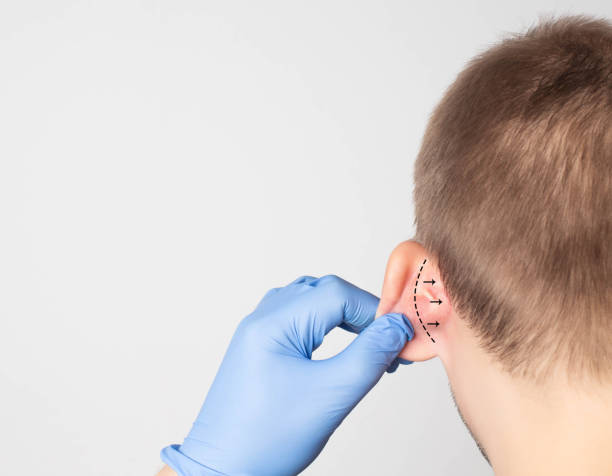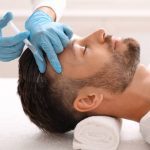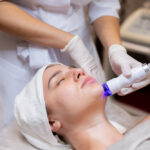
Otoplasty, commonly referred to as ear pinning surgery, is a cosmetic procedure that corrects protruding or misshapen ears. This procedure involves reshaping the cartilage and skin of the ears to create a more natural, symmetrical appearance. Recovery after otoplasty, it is important to follow the proper aftercare instructions to ensure a smooth and successful recovery.
Post-Operative Care: Following otoplasty surgery, patients will be instructed to wear a headband-like dressing for several days to protect the ears and maintain their new shape. It is important to avoid any activities that may put pressure on the ears, such as sleeping on your side or wearing headphones. Patients should also avoid strenuous activities and exercise for at least a week following surgery.
Pain and Discomfort: It is normal to experience some pain and discomfort following otoplasty surgery. Pain medication may be prescribed to help manage any discomfort. Swelling and bruising are also common and may last for several weeks following surgery. Applying cold compresses to the ears can help reduce swelling and discomfort.
Healing Process: The healing process following otoplasty surgery can vary depending on the individual patient and the extent of the procedure. Patients should expect some initial discomfort and swelling, but these symptoms should gradually subside over the course of several weeks. It is important to attend all follow-up appointments with your surgeon to monitor your healing progress and ensure that there are no complications.

Conclusion: Recovery after otoplasty can provide a significant improvement in the appearance of the ears and boost self-confidence. Proper post-operative care and following the surgeon’s instructions are crucial to ensuring a smooth and successful recovery. While some discomfort and swelling are to be expected, patients can look forward to seeing their final results in a few weeks’ time.
Recovery After Otoplasty Complications
While otoplasty surgery is generally safe and well-tolerated, there is always a risk of complications with any surgical procedure. Some potential risks and complications associated with otoplasty surgery may include infection, bleeding, scarring, asymmetry, and a change in sensation in the ears.
Infection: Infection is a rare but serious complication that can occur following otoplasty surgery. Signs of infection may include redness, swelling, warmth, or discharge from the surgical site. If you suspect you may have an infection, it is important to contact your surgeon immediately.
Bleeding: Bleeding can occur following otoplasty surgery, but it is usually mild and can be managed with pressure and dressing changes. In rare cases, excessive bleeding may require additional surgical intervention.
Scarring: Recovery after otoplasty is a normal part of the healing process, but excessive scarring or keloid formation can occur in some patients. Your surgeon may recommend scar management techniques such as massage or silicone sheets to minimize the appearance of scars.
Asymmetry: Asymmetry is another potential complication of otoplasty surgery. While it is impossible to achieve perfect symmetry, your surgeon will strive to create a natural, balanced appearance. In some cases, a touch-up procedure may be required to address any remaining asymmetry.
Change in Sensation: A change in sensation in the ears is another rare complication that can occur following otoplasty surgery. This may include numbness, tingling, or hypersensitivity in the ears. These symptoms are usually temporary and resolve on their own over time.
In Conclusion
Otoplasty surgery can provide a safe and effective solution for those seeking to correct protruding or misshapen ears. While there are potential risks and complications associated with any surgical procedure, proper post-operative care and following your surgeon’s instructions can help minimize these risks and ensure a smooth recovery. If you are considering recovery after otoplasty surgery, be sure to consu







